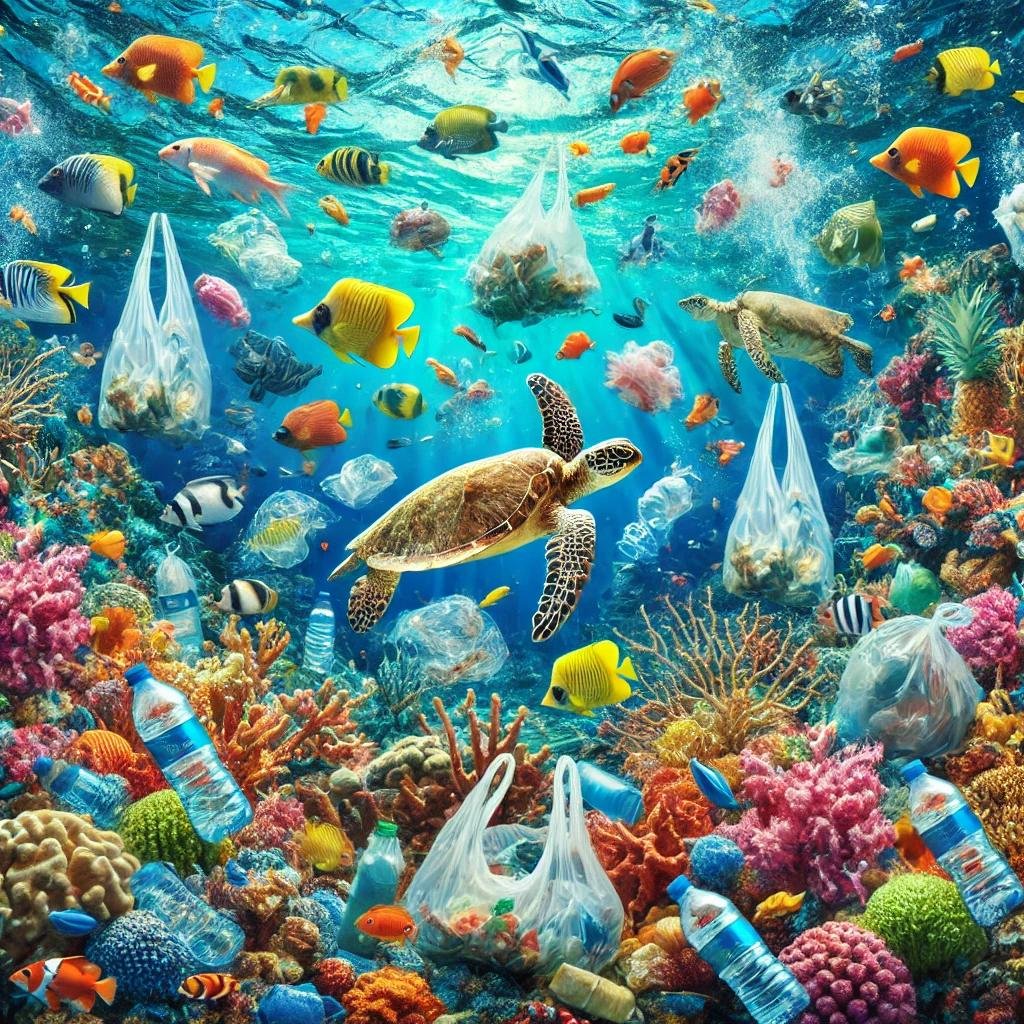The Impact of Plastic Pollution on Marine Life
Plastic pollution has become a growing threat to marine ecosystems, posing severe consequences for wildlife and ocean health. Millions of tons of plastic waste enter the ocean each year, harming marine animals and disrupting delicate underwater ecosystems. Plastic waste can take hundreds of years to break down, which means much of what ends up in the ocean stays there, affecting marine life for generations.

One of the most dangerous aspects of plastic pollution is that it often breaks down into tiny particles called microplastics. These small fragments are ingested by marine animals, such as fish, turtles, and even microscopic organisms like plankton. Ingesting plastic can lead to blockages in their digestive systems, malnutrition, and death. Larger pieces of plastic, like plastic bags, can also be mistaken for food by animals such as sea turtles, which often mistake them for jellyfish.
The harmful effects of plastic pollution extend to coral reefs, which are vital to the survival of countless marine species. Plastic debris can become lodged in coral, causing damage, reducing growth, and making the coral more susceptible to diseases.
Efforts are underway to combat this environmental crisis. Coastal clean-up initiatives, reducing single-use plastics, and encouraging recycling are some of the steps being taken globally. Governments and environmental organizations are pushing for stricter regulations to limit plastic production and disposal. Public awareness campaigns are also highlighting how individuals can contribute to reducing plastic waste.
To protect marine life and preserve the health of our oceans, it is essential to address plastic pollution at every level—from individual actions to global policies.
